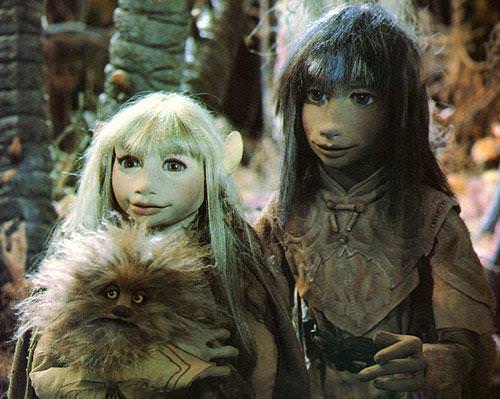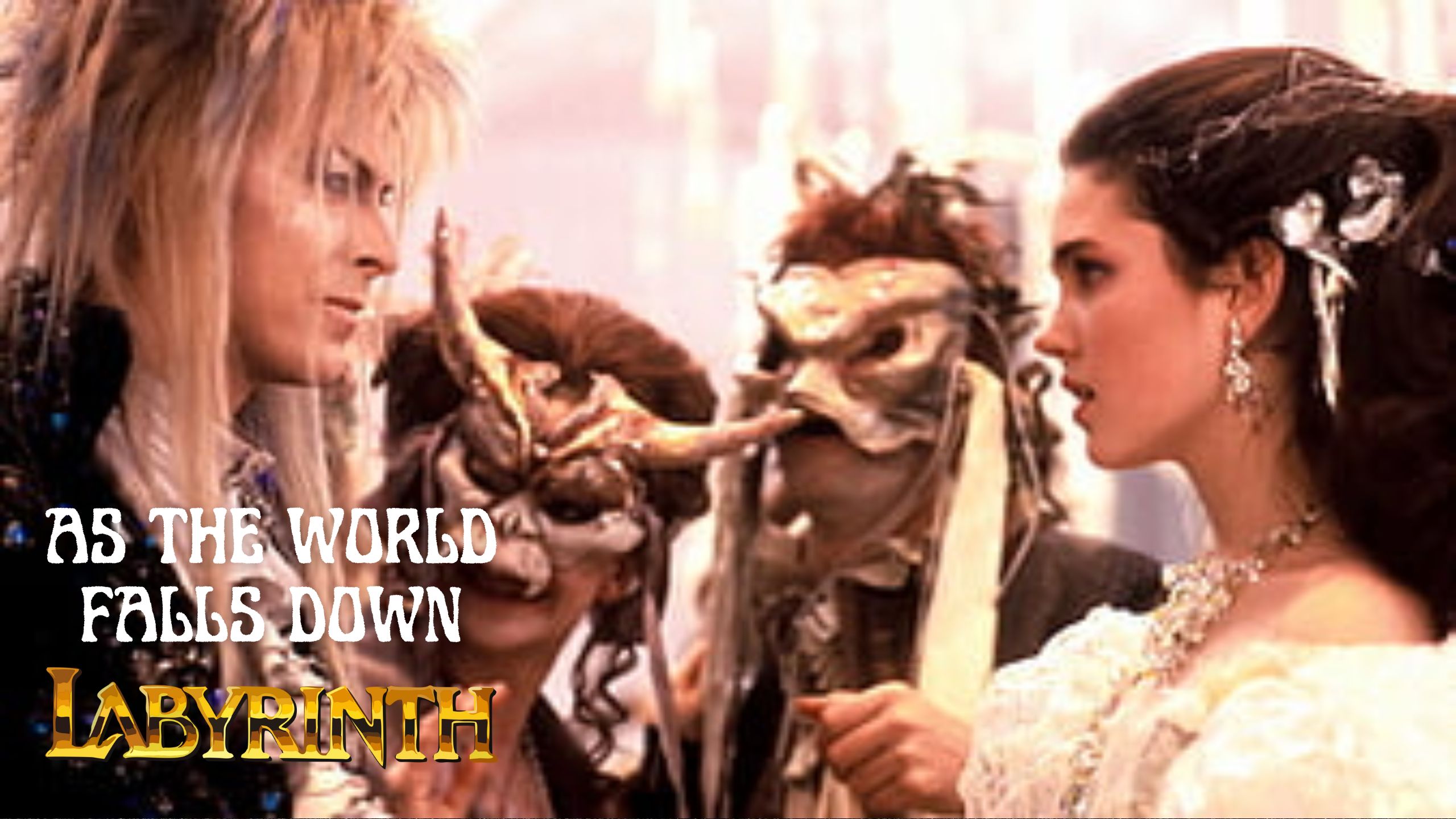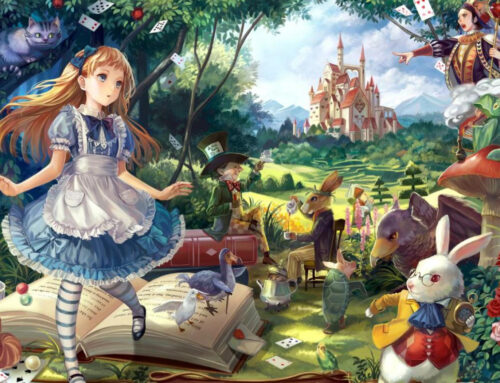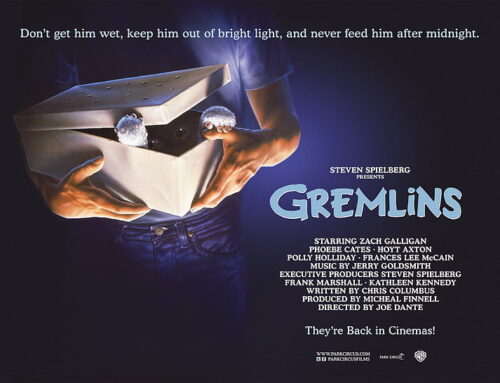Jim Henson: Labyrinth and The Dark Crystal
James Maury “Jim” Henson was an American puppeteer, artist, cartoonist, inventor, playwright, actor, director, and producer (24 September 1936 – 16 May 1990). When he joined the children’s educational television program Sesame Street in the 1970s and contributed to the creation of the series’ characters, he rose to fame. He also had an appearance on Saturday Night Live, a sketch comedy program. He created The Muppet Show in 1976 after abandoning preparations for a Broadway production. He became famous for his creations, especially Ernie and Kermit the Frog, and he worked on Sesame Street for more than 20 years. Along with frequently appearing in Muppet movies like The Muppet Movie and The Great Muppet Caper, he also developed sophisticated puppetry for works like Fraggle Rock, The Dark Crystal, and Labyrinth. He also established Jim Henson’s Creature Shop and the Jim Henson Foundation in the latter years of his life. For his work on The Storyteller and The Jim Henson Hour, he received two Emmy Awards.
Two of Jim Henson’s Masterpieces – both who developed a cult following – are Labyrinth and The Dark Crystal.
THE LABYRINTH (1986)
“You remind me of the babe! What babe? Babe with the power!” sings David Bowie as the character Jareth in the 1986 Jim Henson movie – The Labyrinth.
This movie has a lot of interesting facts:
- Labyrinth, who has developed a cult following over the years, was directed by the late Jim Henson (creator of the Muppets), with executive producer George Lucas (Star Wars) with conceptual designs by Brian Froud (well-known fantasy illustrator). The baby that plays Toby in the movie, is also the son of Brian Froud!
- To make the film even more appealing, David Bowie (well-known pop singer) stars as Jareth (King of the Goblins) with now well-known actress Jennifer Connelly as Sarah.
- A further interesting fact is that Labyrinth started as a collaboration between Jim Henson and Brian Froud, with ideas for the film first being discussed between them following a screening of their previous collaboration, The Dark Crystal.
For more interesting facts about The Labyrinth, check out our articles on Labyrinth:
Labyrinth: A Jim Henson Masterpiece
Labyrinth Easter Eggs: The seven faces of Jareth.
Plot summary:
The plot revolves around 15 year old Sarah’s quest to reach the center of the Labyrinth maze to rescue her infant brother Toby, who has been kidnapped by Jareth, the Goblin King. With the exception of Bowie and Connelly, most of the significant characters in the film are played by puppets produced by Jim Henson’s Creature Shop. There are also some great musical numbers in the movie.
THE DARK CRYSTAL (1982)

Jim Henson and Frank Oz co-directed the 1982 American-British fantasy movie The Dark Crystal. Jen, an elf-like “Gelfling,” is the protagonist of the story. He is on a mission to bring balance back to his strange world by reuniting a missing fragment with a potent but broken gem. Despite being billed as a family movie, it was noticeably darker than the authors’ earlier works. The film’s animatronics were regarded as ground-breaking. Fantasy illustrator Brian Froud, known for his distinctive faerie and dwarf designs, served as the main concept artist for the film. For their subsequent endeavor, the 1986 movie Labyrinth, which was noticeably more jovial than The Dark Crystal, Froud also worked with Henson and Oz. The voices of Stephen Garlick, Lisa Maxwell, and Billie Whitelaw appear in the movie.
Plot summary:

Another World, Another Time… In the Age of Wonder. A thousand years ago, this land was green and good, until the Crystal cracked. For a single piece was lost; a shard of the Crystal. Then strife began, and two new races appeared: the cruel Skeksis… the gentle Mystics. ”
1,000 years ago the crystal cracked, and the spirits of the UrSkek were divided into the peaceful Mystics and the evil Skeksis. A prophecy was written that stated if a Gelfling healed the crystal, the world would be renewed and the UrSkek would be reunited. Due to the prophecy, the Skeksis hunted down and killed all the Gelflings.
The last Gelfling left on Thra, a male named Jen, was saved and raised by the Mystics. Jen is sent by his dying master on a journey to heal the Dark Crystal. If Jen succeeds, the world will be saved; but if Jen fails, the Skeksis will rule the land forever. On his quest to The Castle of the Crystal, Jen meets Kira, another Gelfling. The two must battle the evil Skeksis and save Thra (source: http://muppet.wikia.com/wiki/The_Dark_Crystal).
Interesting facts:

When Jim Henson began work on The Dark Crystal in 1977, he had no story, just a sense of the kind of fantasy world he wanted to create. Henson was beginning to visualize the creatures that would inhabit this world of good and evil when he discovered The Land of Froud, a collection of drawings by Brian Froud. Henson immediately contacted Froud, who agreed to act as the project’s conceptual designer.
Once Henson and Froud had developed their ideas into a storyline, David Odell was commissioned to write the screenplay. The Dark Crystal was filmed at the EMI Elstree Studios near London. While the puppeteers who operated the main characters were drawn from the ranks of the Muppeteers, the Mystics and many of the other creatures were brought to life by a specially recruited group of mimes, actors, dancers, acrobats and clowns. All of these artists performed their craft on sets that, although scaled to the puppet’s size, were built up off the floor to allow them enough clearance to operate their characters unhindered. (The puppets were controlled through a variety of radio, mechanical, electrical and hydraulic systems.)

In addition to the state-of-the-art puppets, special visual effects also played a crucial role in bringing the world of The Dark Crystal to life.
The test screenings of The Dark Crystal had the Skeksis speaking a language based on ancient Greek and Egyptian, specially created for them by linguist Alan Garner. Jim Henson stated, “My whole approach to this film is visual. I wanted as little dialogue as possible because I believe the story is stronger that way.








